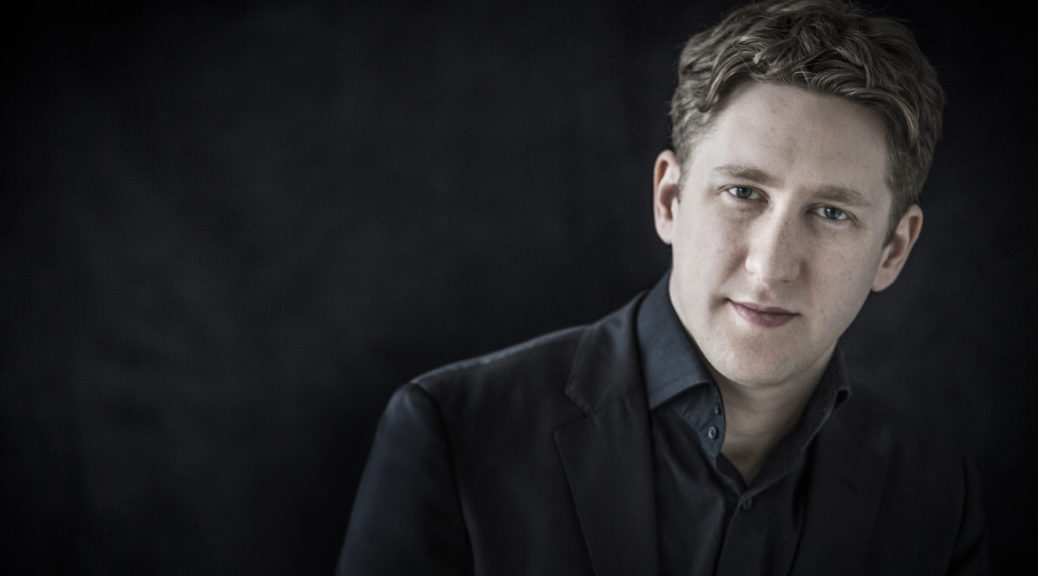
Agony, Ecstasy in San Francisco
LATE NEWS—The logjam in the performing arts caused by the pandemic is loosening up as the S.F. Symphony is putting a full complement live on stage, complete with brass and woodwinds, starting with the June 17-18 concerts, after a much regrettable, unavoidable interruption of 15 months.
- – – – – – – – – – – – – – – – – – – – – – – – – –
REVIEW—Agony and ecstasy were the implicit emotions of the most recent S.F. Symphony concerts reflecting musical extremes from the span 1875-1938, the era with the awakening of modernism.
The agony came from the profoundly embittered Czech composer Bohuslav Martinu, driven out of his homeland when the Nazis annexed part of Czechoslovakia as a prelude to starting World War Two. No work reflected the frustration of that time better than Martinu’s rugged and furious Concerto for Two String Orchestras, Piano and Timpani (1938). His anger permeated the unorthodox instrumentation in that work, with the kettle drums punctuating his expression of grief and terror as well as the premonitions of wartime cannon fire.
The two orchestras interact contrapuntally, with piano in the middle pivoting and providing much of the punctuation (as if part of percussion, never in the mode of solo or a piano concerto). The dense high-energy writing bears similarities to Stravinsky’s furrowed-brow symphonic scores of that time, with syncopation added. It is also marked in the slow movement by the dour, glowering notes on cellos and contrabasses. There is no respite even in the third and final movement of the 22-minute piece making its SFS debut. I especially liked the strings’ impression of swarms of bees in their fury. Martinu’s greatest skill was in producing an impact akin to a full orchestra, festooned at the close with dramatic timpani rolls.
The ecstasy was clearly the unalloyed sunny romanticism of Antonin Dvorak’s E Major Serenade for strings, in which the young conductor Joshua Weilerstein showed his finesse in shaping the string sound with nuance and dynamics, disdaining to use a score. This music suggests yearnings of love-smitten couples in semi-delirium, full of contrasts and a wealth of invention, always deftly shifting to new material in Dvorak’s melodious and imaginative spectrum.
Dvorak’s musical style followed less his elder Johannes Brahms, who was the Central-European legend at the time, than the much earlier Franz Schubert. This music put young Dvorak on the map en route to first publication and international recognition (albeit under the first name Anton, as altered by the publisher, who was convinced that the German version of the name would sell better—a name adulteration that even in the next century remained difficult to eradicate).
Sandwiched in the middle of all this lamentably was a languid excerpt from a string quartet of the Midwesterner Florence Price(1887–1953), whose placid sounds reminiscent of Stephen Foster’s perfumy lyricism showed to poor advantage alongside Dvorak’s eloquence.
The orchestra consisted of 24 strings in this concert, all nicely spaced out, like most of the audience. And all still masked.
MUSIC NOTES—Florence Price’s music has been largely a rediscovery. A big cache of her unpublished scores, including two of her four symphonies, were found in an abandoned Illinois house, her former summer home, in 2009….The Martinu work, featuring the 24 SFS strings, featured also timpani principal Edward Stephan and guest pianist John Wilson….Conductor Weilerstein, 32, is the brother of concert cellist Alisa Weilerstein and son of violinist Donald Weilerstein. Formerly assistant conductor of the N.Y. Philharmonic, he has forged an impressive career since, partly in Europe.
San Francisco Symphony strings in concert under conductor Joshua Weilerstein, June 10-11, Davies Symphony Hall, S.F. For info: (415) 864-6000. Or go online: www.sfsymphony.org